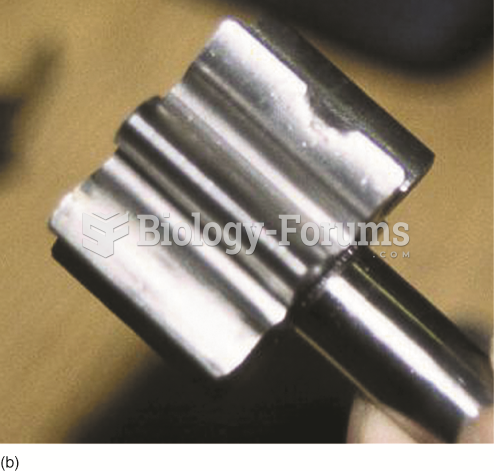|
|
|
Amphetamine poisoning can cause intravascular coagulation, circulatory collapse, rhabdomyolysis, ischemic colitis, acute psychosis, hyperthermia, respiratory distress syndrome, and pericarditis.
Approximately 500,000 babies are born each year in the United States to teenage mothers.
Aspirin is the most widely used drug in the world. It has even been recognized as such by the Guinness Book of World Records.
Certain chemicals, after ingestion, can be converted by the body into cyanide. Most of these chemicals have been removed from the market, but some old nail polish remover, solvents, and plastics manufacturing solutions can contain these substances.
The most dangerous mercury compound, dimethyl mercury, is so toxic that even a few microliters spilled on the skin can cause death. Mercury has been shown to accumulate in higher amounts in the following types of fish than other types: swordfish, shark, mackerel, tilefish, crab, and tuna.
 The conduction system of the heart; traces the path of the electrical impulse that stimulates the he
The conduction system of the heart; traces the path of the electrical impulse that stimulates the he
 An embedded particle of something was found on one of the gears, making this pump worthless except ...
An embedded particle of something was found on one of the gears, making this pump worthless except ...





